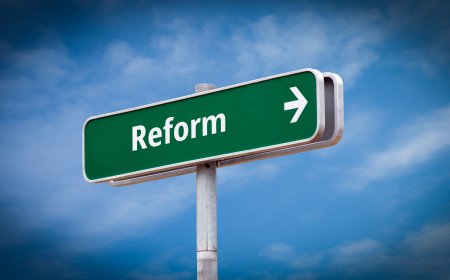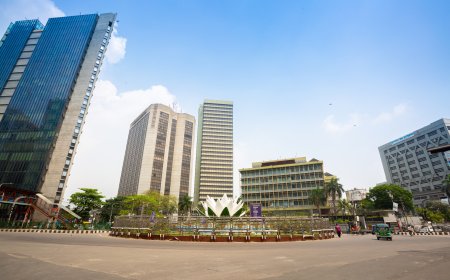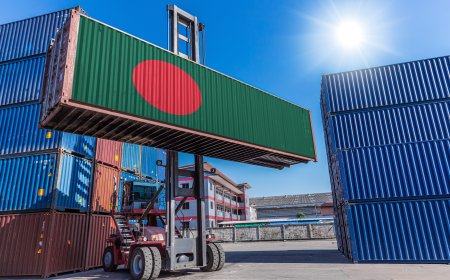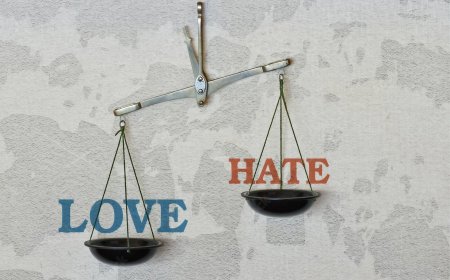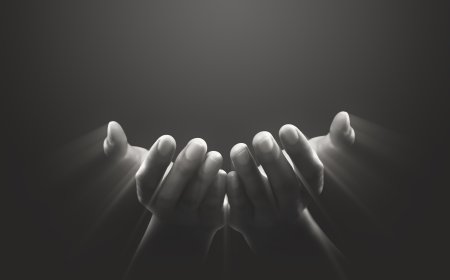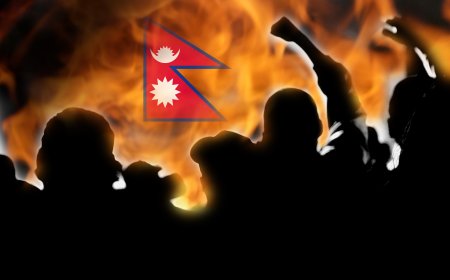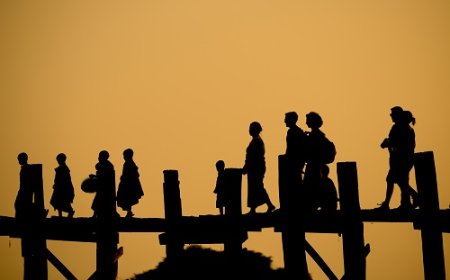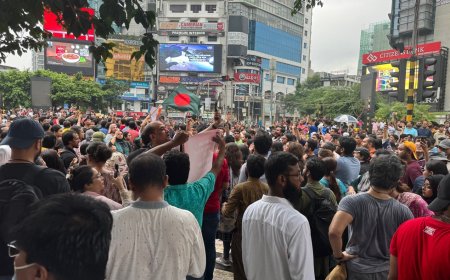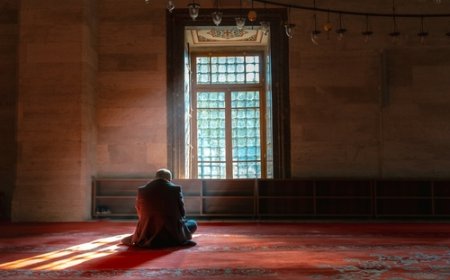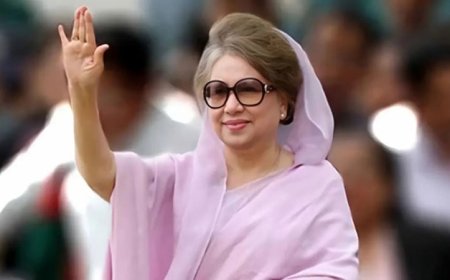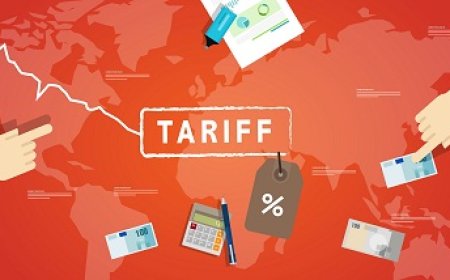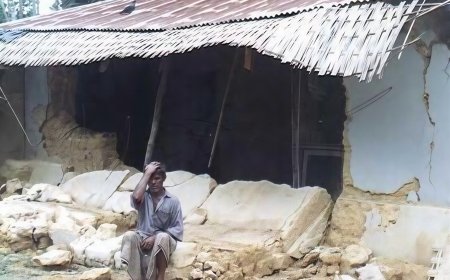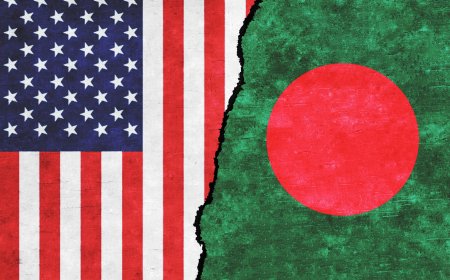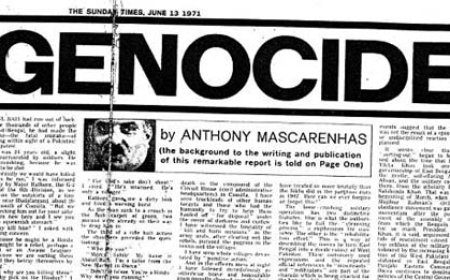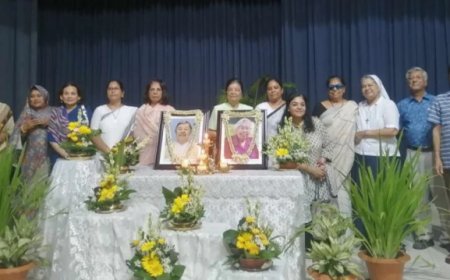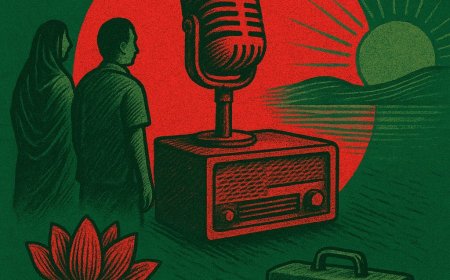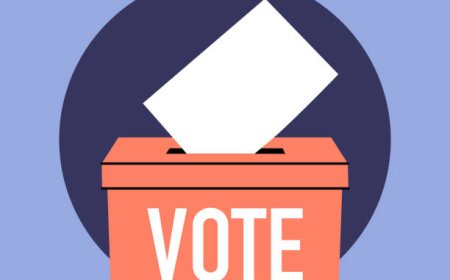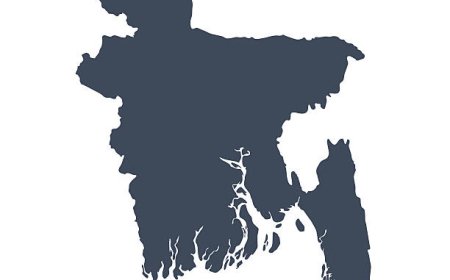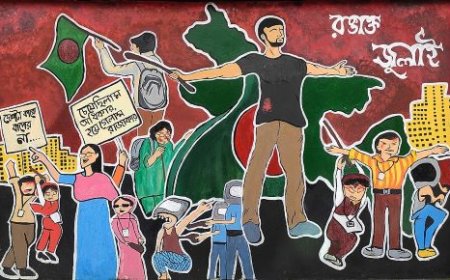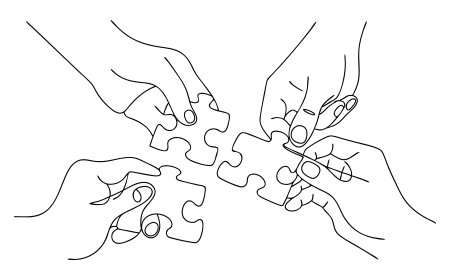What Can We Learn From the Opinion Polls?
There is much to be learned from the surveys that have been done over the past year. But is anyone, especially the political parties, listening?
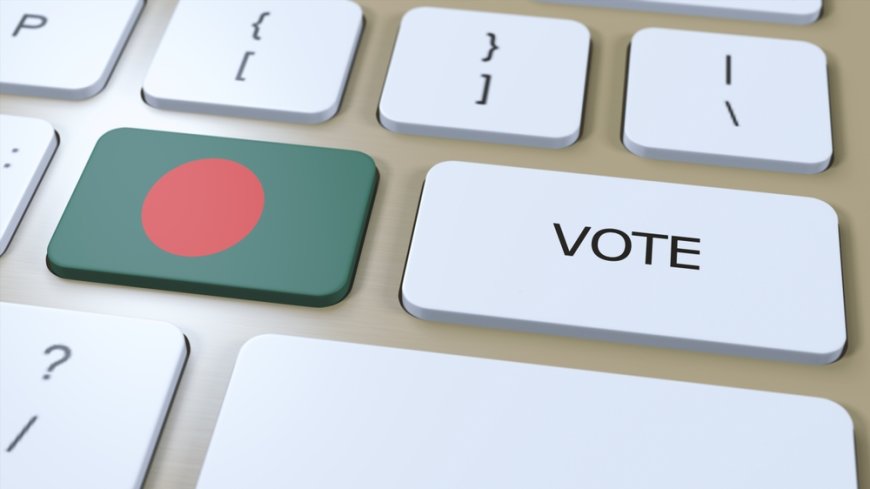
As we head towards the national election, opinion polls should become ever more important to understand how politics is evolving. For that to happen, however, the political commentariat needs to become more mature and numerate. Sadly, there is still a long way to go in this regard. Many of our pundits are still in the throes of conspiracy theory when it comes to polls!
For example, there is a hullabaloo about why pollsters are asking about the Awami League? Well, why wouldn’t they? Yes, the party had plundered the country, destroyed all institutions, killed thousands, and its leadership fled after a popular uprising. One would hope that no Bangladeshi would support such a party ever again. However, should the political class just assume that the League has no support? Surely it is important to understand exactly how much support the party has despite its manifold crimes?
As it happens, we now have four large-scale, credible polls that show that around 8 percent of the electorate still support the Awami League. The same four polls also show that BNP and Jamaat are much more popular than the League, with rising support for the two parties (Chart 1). These are important findings. They may not accord with one’s political preferences or prejudices -- however, that’s not a good reason to dismiss the polls as following some ulterior motives.
Chart 1: Support for major political parties (percent of all surveyed)
|
|
|
|
|
|
Source: BIGD and Innovision. Poll methodologies vary between organizations. Earlier polls asked about support for a hypothetical youth-led new party. Dotted line shows trend.
Another oft-repeated criticism is that how can a survey of a few thousand people be representative of an electorate of 120 million people. The seemingly more sophisticated version of this critique claims that we would need a sample of several million since statisticians consider a sample of over a thousand to reasonably capture a population of 10,000.
Of course, this claim shows that a little knowledge is, indeed, a dangerous thing. As any first year student of statistics would know, the sample size does not need to rise proportionally with the population size. A sample of a few thousand people is more than sufficient to capture the electorate.
It is however true that the national level surveys cannot be used to infer constituency level outcome. To put it in concrete terms, a randomly selected sample of 1,600 could capture the national level preference. However, the same sample might mean at an individual constituency level, only a few dozen people are surveyed -- and that is not enough to infer anything meaningful. That is, to understand matters at the constituency level, we would need 300 separate surveys with samples of over a thousand persons.
As the Innovision survey has a sample of over 10,000, their results at the divisional level can be used to infer the electoral geography as of September 2025. According to Innovision, BNP was enjoying a handsome lead among those who revealed their preferences in all divisions except Rangpur, Rajshahi and Barisal. Further, there remains significant Awami League support in the southern part of the delta, perhaps reflecting the extant influence of the extended Sheikh family, whereas Jamaat is particularly strong in North Bengal, its traditional stronghold.
It is possible to dig further by comparing the Innovision survey results from March and September at the divisional level. This is shown in Chart 2. Except for Sylhet, most parties seemed to have firmed their support in most places. Further, BNP has maintained a sizeable lead in Dhaka and Chittagong divisions which between them have 129 seats.
Chart 2: Support for major political parties by divisions (percent of all surveyed)
|
|
|
|
|
|
|
|
|
|
|
|
Source: Innovision. Earlier poll asked about support for a hypothetical youth-led new party.
Much deeper analysis is possible by comparing the responses along gender, education, profession or religious dimensions. For example, according to Innovision, over 40 percent of religious minorities surveyed were undecided in September, compared with less than 30 percent of Muslims. This may well point to apprehensions by minority communities in a newly democratizing Bangladesh.
Of those who revealed their preferences, one out of three said they would support BNP, the rest preferring the Awami League. That is, the poll contradicts the long-standing stereotype in Bangladesh that religious minorities vote in bulk for the supposedly secular Awami League. Rather, the polls in fact suggest the minority voters are in fact up for grabs for all democratic parties.
Since more than two out of five voters are yet to decide on their voting preferences, political parties should invest in detailed polls and analysis to understand who the undecideds are, where they live, and what they care about. Opinion polls are not predictions. Things will change between now and the election. Parties and pundits who take the polls seriously will, however, be less surprised with the election results.
What's Your Reaction?







